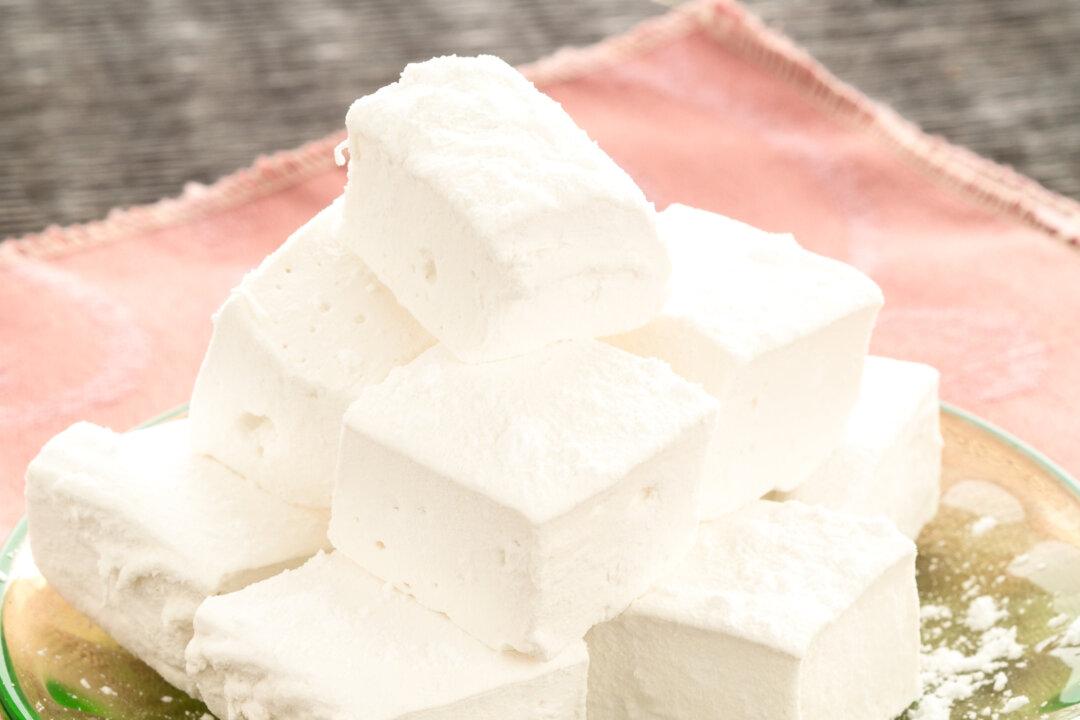Beef broth is one of the key ingredients in beef stews, pot roasts, and a variety of comforting beef dishes. Although there are many good-quality beef broths available to buy at the store, there is nothing quite like making your own and adapting the flavors and seasonings to your own taste or what you’ll be using it for.
It is also delicious and comforting to drink a hot cup of bone broth during the colder winter months—especially if you’re feeling under the weather.
Beef Broth Versus Beef Stock
Although beef broth and beef stock can be used interchangeably in most recipes, there are some differences.
Beef broth is typically richer, and is made with meaty bones (usually still with the meat on), aromatics, and vegetables. Due to the collagen in the meaty bones, beef broth is generally more gelatinous and flavorful.




